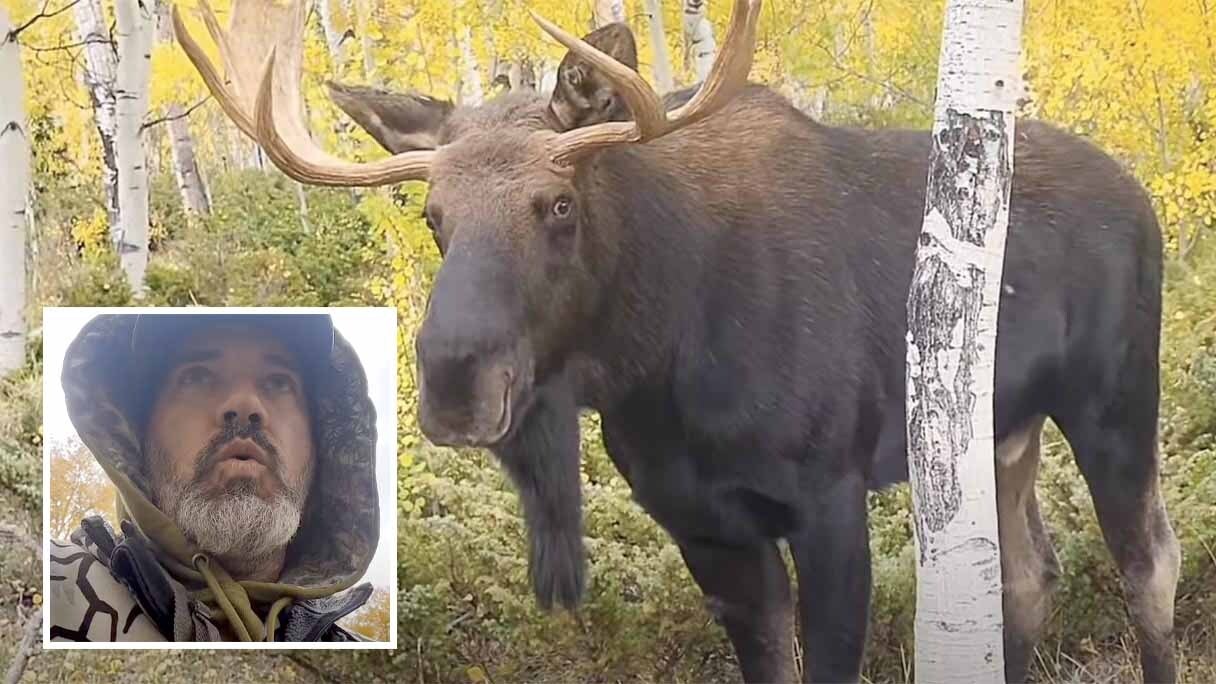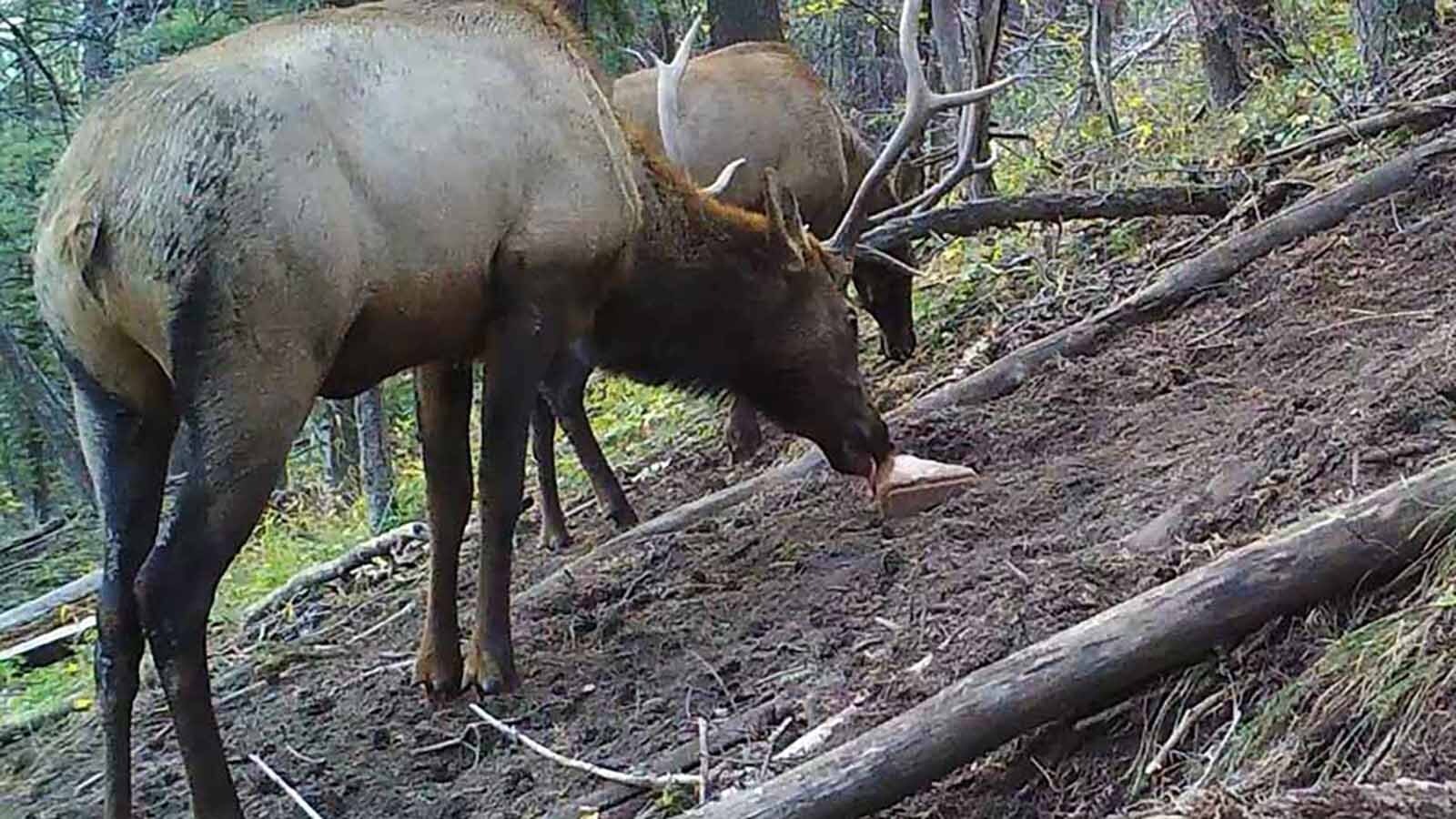Practically every hunter these days uses GPS mapping apps, such as onX Hunt, but coordinates can be off by a few yards, just enough to get somebody in trouble for trespassing.
That’s why some hunters and anglers said they rely on it as a good guidepost, not a completely foolproof method for making sure they’re on the right side of property lines.
Wyoming’s Title 23 trespass statutes apply to hunting, angling, trapping and shed antler collecting. And outdoorspeople are solely responsible for knowing where they are in relation to private property.
“I didn’t realize I’d crossed the property line” isn’t an excuse that will fly with a game warden writing a trespassing citation.
Hunting-related trespass is punishable by a fine of up to $1,000, loss of hunting privileges and possible seizure of firearms or harvested game.
Tattletale App
The Missoula, Montana, the onX Maps company began offering mobile GPS applications in 2013, which have become wildly popular.
The onX Hunt app features displays that show users where the boundaries of their hunt areas are, as well as the locations of private and public land parcels.
It also indicates the user’s location, usually with a dot.
It’s generally regarded to be accurate to within a few yards.
The trouble is, even a few yards on the wrong side of a property line counts as trespassing.
Retired Wyoming Game and Fish warden Benge Brown told Cowboy State Daily that during his career, he didn’t go out and try to find hunters who were trespassing. Instead, he responded to landowners’ complaints that hunters were traipsing through their property without permission.
Once in a while, someone would try to claim they’d strayed on to private property because their onX location was slightly off, Brown said.
Sometimes, he could check their onX app, which would track where they’d been. If the tracking line showed that hunters had gone a considerable distance across private property, it was essentially a case of their own app tattling on them, he said.
When trespassing disputes came down to a matter of hunters being a few yards over the line, Brown said he’d leave it up to a judge to decide.
“If they were hunting on private land, and the prosecutor was inclined to prosecute them, then I was inclined to write the ticket,” he said.
“If there was something that was really close (to a property line), then that would be up to the judge when it came to sentencing,” he added.
‘I Give Myself A Cushion’
Avid hunter Buzz Hettick of Laramie uses GPS mapping systems on a daily basis in his job as a forester. He says they’re reliably accurate, sometimes to within just a few feet.
He trusts onX to keep him from unintentionally straying onto private property when he’s hunting.
Even so, Hettick, who is co-chair of the Wyoming chapter of Backcountry Hunters and Anglers, said he doesn’t like to get right up against property lines.
“If I’m hunting near a property line, I try to give myself a cushion from the property line. I want to give myself at least a 100-to 200-foot cushion,” he said.
That’s not only to avoid accidentally setting foot on private property. It’s to make sure that any animal he might shoot doesn’t run onto private property before it dies.
“I don’t care about the size of the animal and how hard you’ve hunted for it. If you’re not 100 % sure (the kill will be on public land) don’t do it,” Hettick said.
In Wyoming, going onto private property after a wounded animal, or one that died on private property without first getting permission, is still considered trespassing, Brown said.
“You still have to get permission from the landowner to go on private property to retrieve animals,” he said.
Hettick said hunters should avoid shooting animals right up against property lines.
If too many hunters make a habit out of that, landowners could get fed up with requests to come onto their property to track game animals, and understandably so, he said.
“I can’t imagine all the phone calls they get, constantly asking them for permission,” Hettick said.
Corner-Crossing Quandary
The accuracy of onX might play into the question over corner-crossing – or moving across pinpoint where the corners of public land parcels meet in areas where there’s a checkerboard pattern of public and private land.
Some argue that the only way to know for certain are places where survey markers placed by the U.S. Geological Survey (USGS) pinpoint the intersection of public land corners.
And many intersecting corners don’t have such markers.
Corner-crossing has been a hot topic in Wyoming since a dispute blew up between four elk hunters and a landowner in southeast Wyoming.
The federal 10th Circuit Court of Appeals in Denver ruled in March in favor of four Missouri hunters who in 2021 corner-crossed between two parcels of public land adjacent to Iron Bar Ranch property in Carbon County.
That makes corner-crossing legal, as far as many are concerned. Although the final decision might rest with the U.S. Supreme Court – which is expected in October to decide whether to hear the case.
The alleged inaccuracy of onX has come up in some of the discussions over corner-crossing policy, Wyoming legislator State Rep. Karlee Provenza, D-Laramie, told Cowboy State Daily.
She thinks that might be a distraction from the crux of the matter – whether the public has the right to access public lands – including those that can be reached only by corner crossing.
“That (debating the accuracy of onX) is more to muddy the water, to create an argument against corner crossing,” she said.
“If we start talking about a standard where you can’t use your public land unless there’s a USGS marker there, we’re keeping people out of their public land,” Provenza said.
Mark Heinz can be reached at mark@cowboystatedaily.com.





